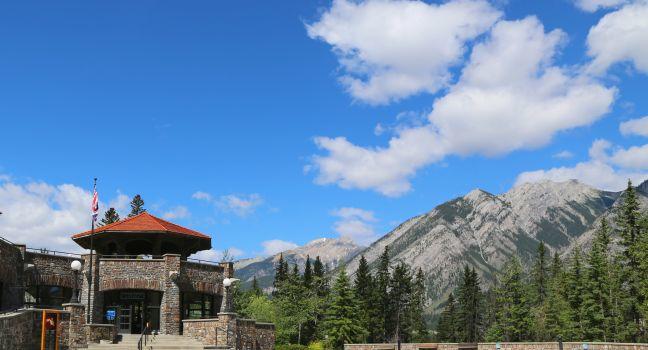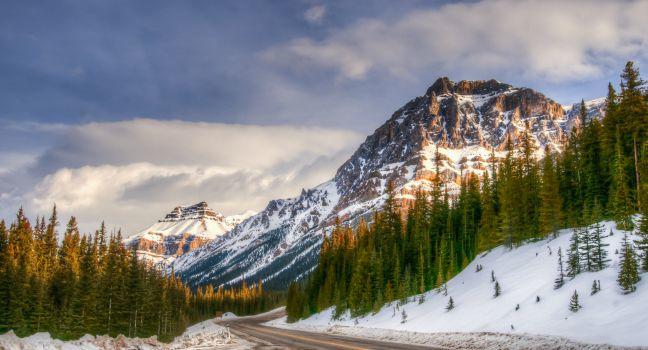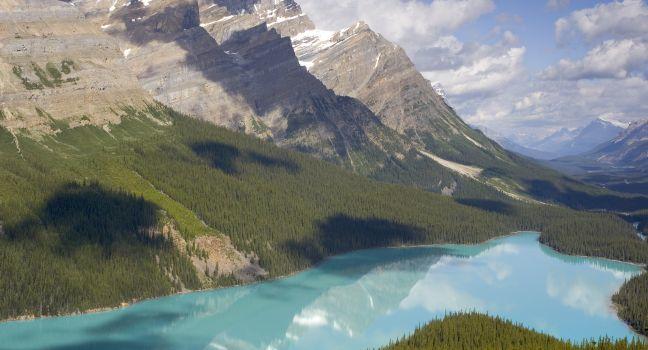Cave and Basin National Historic Site

This site commemorates the birthplace of Canada's national parks system, which began with the protection of the Banff hot springs in 1885. You'll find restored historic buildings, a plaza, and splendid interpretive displays about Banff and the country's other national parks. An interpretive trail explains the area's geology, plant life, wildlife, and history. While walking past the cave's pools, keep an eye out for the park's most endangered species: the Banff Springs snail, which makes its home in the warm mineral waters, cannot be found anywhere else in the world. Children under age 17 enter the site for free, and combo tickets that include admission to Banff Upper Hot Springs are available.





